Tesla is hemorrhaging money. So what?
It takes a lot of money to make a lot of money


A day after Elon Musk successfully launched a rocket into space, his company Tesla reported its biggest losses for any quarter ever. For business writers across the media, the "Musk brought back to Earth" jokes wrote themselves.
But Tesla hasn't crash-landed yet. The electric carmaker still has the time and the opportunity to achieve liftoff.
Let's start with Wednesday's financials. Tesla reported a net loss of roughly $771 million for the fourth quarter of 2017 — over three times its losses in the same period a year earlier. For all of 2017, its net losses were an eye-watering $2.2 billion; well over its $773 million loss for 2016.
The Week
Escape your echo chamber. Get the facts behind the news, plus analysis from multiple perspectives.

Sign up for The Week's Free Newsletters
From our morning news briefing to a weekly Good News Newsletter, get the best of The Week delivered directly to your inbox.
From our morning news briefing to a weekly Good News Newsletter, get the best of The Week delivered directly to your inbox.
These kinds of numbers are, obviously, not sustainable. You can see why everyone took them as a gut punch.
The big problem is Tesla's Model 3. Tesla's previous vehicles were luxury sport cars (like the Model S) and high-end SUVs (the Model X), which sold for over $70,000. But the Model 3 was meant to be a middle-class car, priced at a relatively more reasonable $35,000. Anticipation was high: At one point, Tesla had 500,000 pre-orders. And it's been pouring cash into the infrastructure for the Model 3, including new production lines and the battery-producing "Gigafactory."
But the Model 3 has not been cooperative.
Musk was forced to scale back expectations in July of last year, to just 20,000 Model 3 vehicles by last December. But problems kept popping up, both in the Gigafactory and elsewhere, and Tesla closed out 2017 having made only 2,425 of the cars in the fourth quarter. "We were in a deeper level of hell than we expected, still a few levels deeper than we would like to be," Musk admitted. Referring to the battery production specifically, he added: "We were probably a little overconfident, a little complacent, in thinking this is something we know and understand."
A free daily email with the biggest news stories of the day – and the best features from TheWeek.com
Nevertheless, Musk now aims to produce 10,000 Model 3 cars each month by the end of 2018's first quarter, and 20,000 per month by the end of the second quarter. As for those 500,000 pre-orders, Tesla described them as "stable," but didn't go into further detail.
"At some point in 2018, we expect to begin generating positive quarterly operating income on a sustained basis," the company said Wednesday.
The good news is that the company's revenue continues to grow. The electric carmaker brought in almost $3.3 billion in 2017's fourth quarter, compared to $2.3 billion in 2016's fourth quarter. Over the whole of last year, it scored $11.8 billion in revenue — compared to just $7 billion in 2016 — which was in line with analysts' expectations.
The big driver there was the Model S and Model X. Despite its poor showing on the Model 3, Tesla actually exceeded its targets for overall vehicle production by churning out 103,181 cars last year. That's an increase of 35 percent over 2016.
And there's a lesson in that.
Tesla was founded in 2003. It posted losses for its first 10 years as it ramped up work on the Model S, its first offering. The plan was to start with a high-end, all-electric car, and figure out the technology with a smaller population of big-spending luxury consumers before moving into cheaper cars and bigger markets.
Then, boom: profits in 2013. After that, the company went back into the red as it began production on the Model X in 2014. You'd thus expect Tesla to post another few years of losses before breaking back into profits.
We're still in the middle of that second cycle of losses-then-profits. Of course, you might also expect this cycle to go faster than the first, and we're already in 2018. But in between, Tesla added on the gargantuan lift of the Model 3 — plus further expansion of its charging station network and its retail outlets, as well as a semi truck that's supposed to start production next year. The company's aims are just far bigger now. With time, the Model 3 should provide the same boost the Model S and Model X did, and the company should cycle back into profit mode.
Musk described himself as "cautiously optimistic," which suggests Tesla is still a bit nervous about its new goals. "Our prior experience on the Model 3 ramp has demonstrated the difficulty of accurately forecasting specific production rates at specific points in time," the company added Wednesday.
Tesla says it has a plan, in particular a new automated battery assembly line. And so far, investors seem patient: Tesla's shares are actually up 8 percent since the start of the year. "No further delays in Model 3 production anticipated should be taken positively," said CFRA Research's Efraim Levy.
I'm not a fan of lionizing corporate tech geniuses. And lord knows Musk can be a showman. (See: the aforementioned roadster-in-space stunt.) But Musk also puts his money where his mouth is. Tesla has a sound $60 billion market capitalization now, and if it reaches $650 billion in 10 years, Musk gets a staggering $50 billion in pay. If the market cap falls short, he doesn't get a dime.
Tesla has $3.4 billion in cash on hand. But it also anticipates slightly larger capital expenditures in 2018. Tesla will need its targets to start panning out soon to close that gap. Investors won't prop it up forever.
Ultimately, the most plausible criticism of Tesla is it just bit off more than it can chew with the Model 3. And 2018 may well be the year we find out.
But for the moment, there's reason to believe Tesla's still on the right trajectory.
Jeff Spross was the economics and business correspondent at TheWeek.com. He was previously a reporter at ThinkProgress.
-
 US citizens are carrying passports amid ICE fears
US citizens are carrying passports amid ICE fearsThe Explainer ‘You do what you have to do to avoid problems,’ one person told The Guardian
-
 All roads to Ukraine-Russia peace run through Donetsk
All roads to Ukraine-Russia peace run through DonetskIN THE SPOTLIGHT Volodymyr Zelenskyy is floating a major concession on one of the thorniest issues in the complex negotiations between Ukraine and Russia
-
 Why is Trump killing off clean energy?
Why is Trump killing off clean energy?Today's Big Question The president halts offshore wind farm construction
-
 The pros and cons of noncompete agreements
The pros and cons of noncompete agreementsThe Explainer The FTC wants to ban companies from binding their employees with noncompete agreements. Who would this benefit, and who would it hurt?
-
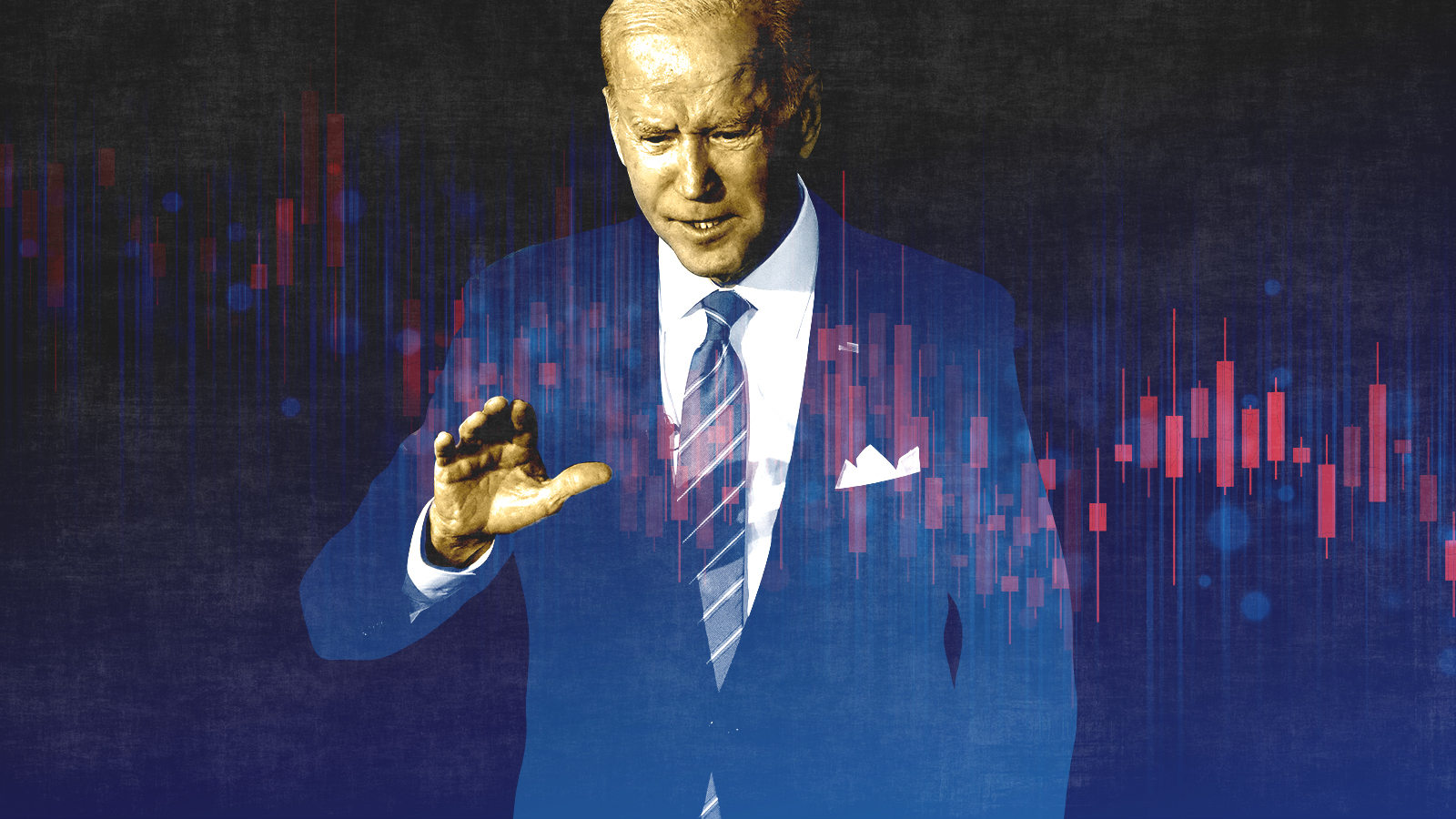 What experts are saying about the economy's surprise contraction
What experts are saying about the economy's surprise contractionThe Explainer The sharpest opinions on the debate from around the web
-
 The death of cities was greatly exaggerated
The death of cities was greatly exaggeratedThe Explainer Why the pandemic predictions about urban flight were wrong
-
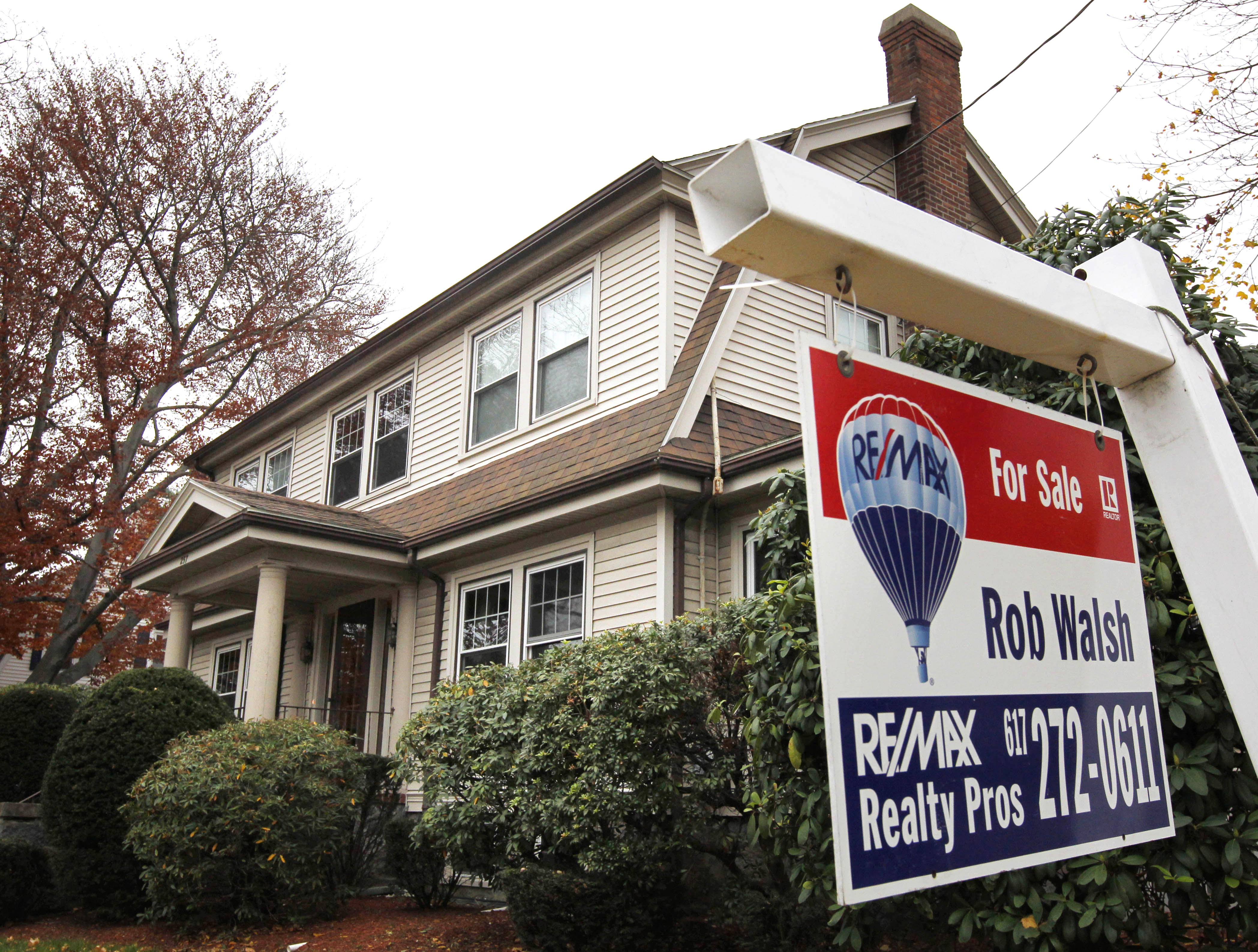 The housing crisis is here
The housing crisis is hereThe Explainer As the pandemic takes its toll, renters face eviction even as buyers are bidding higher
-
 How to be an ally to marginalized coworkers
How to be an ally to marginalized coworkersThe Explainer Show up for your colleagues by showing that you see them and their struggles
-
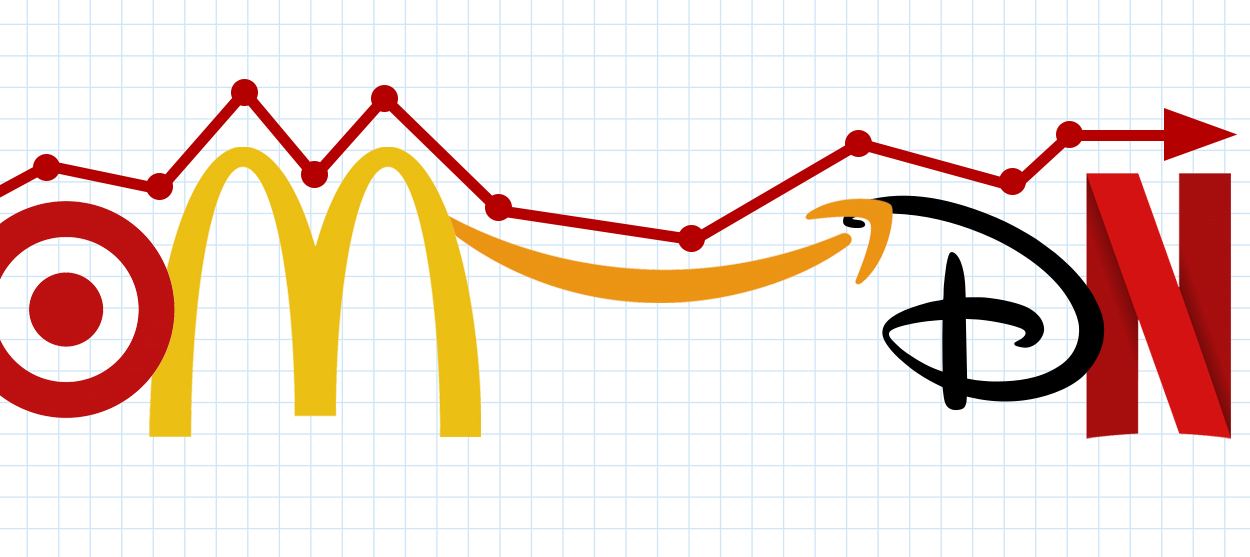 What the stock market knows
What the stock market knowsThe Explainer Publicly traded companies are going to wallop small businesses
-
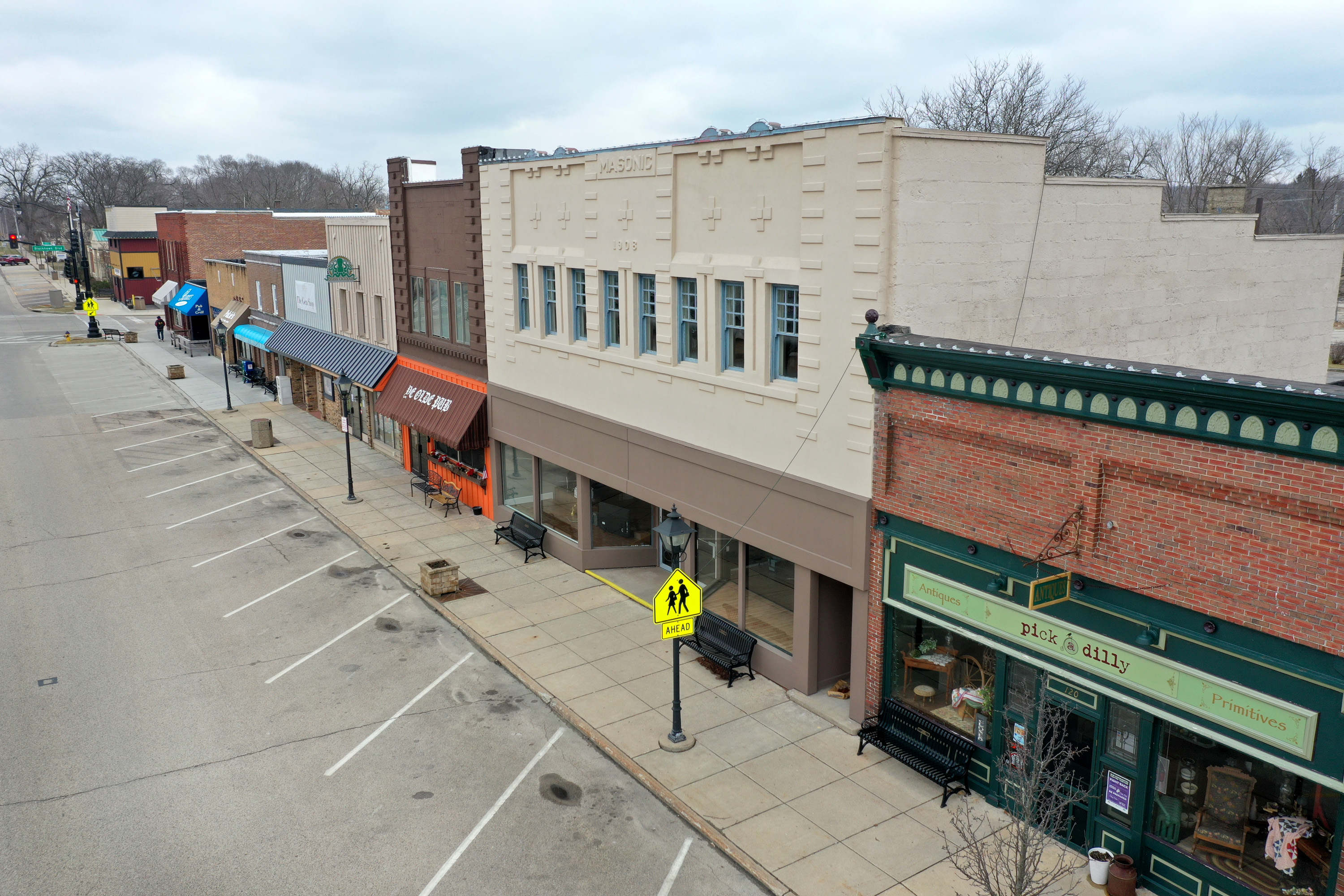 Can the government save small businesses?
Can the government save small businesses?The Explainer Many are fighting for a fair share of the coronavirus rescue package
-
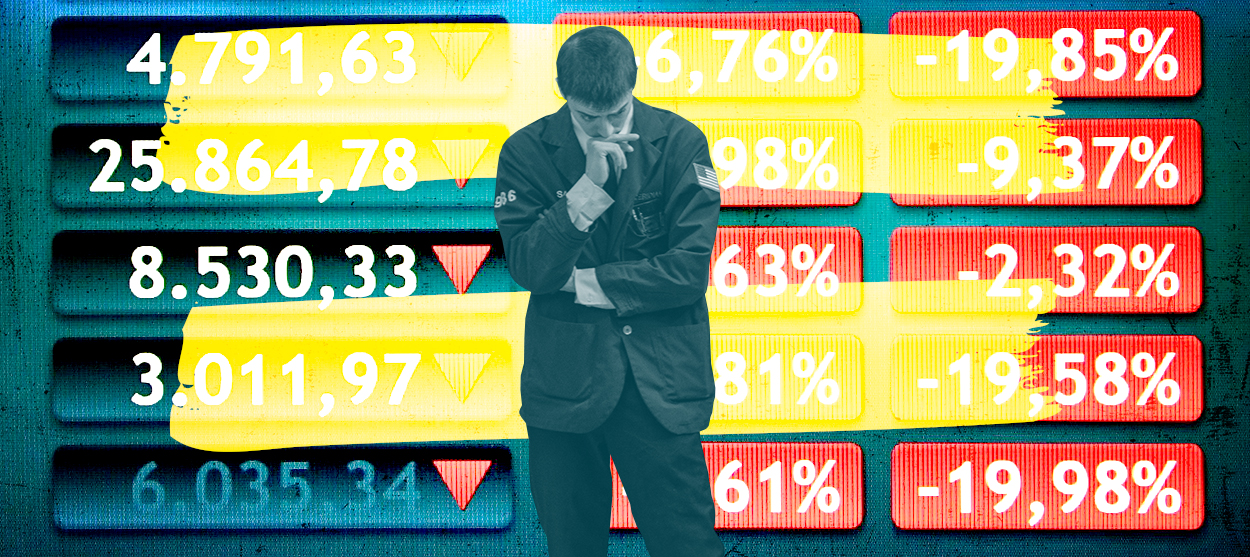 How the oil crash could turn into a much bigger economic shock
How the oil crash could turn into a much bigger economic shockThe Explainer This could be a huge problem for the entire economy
